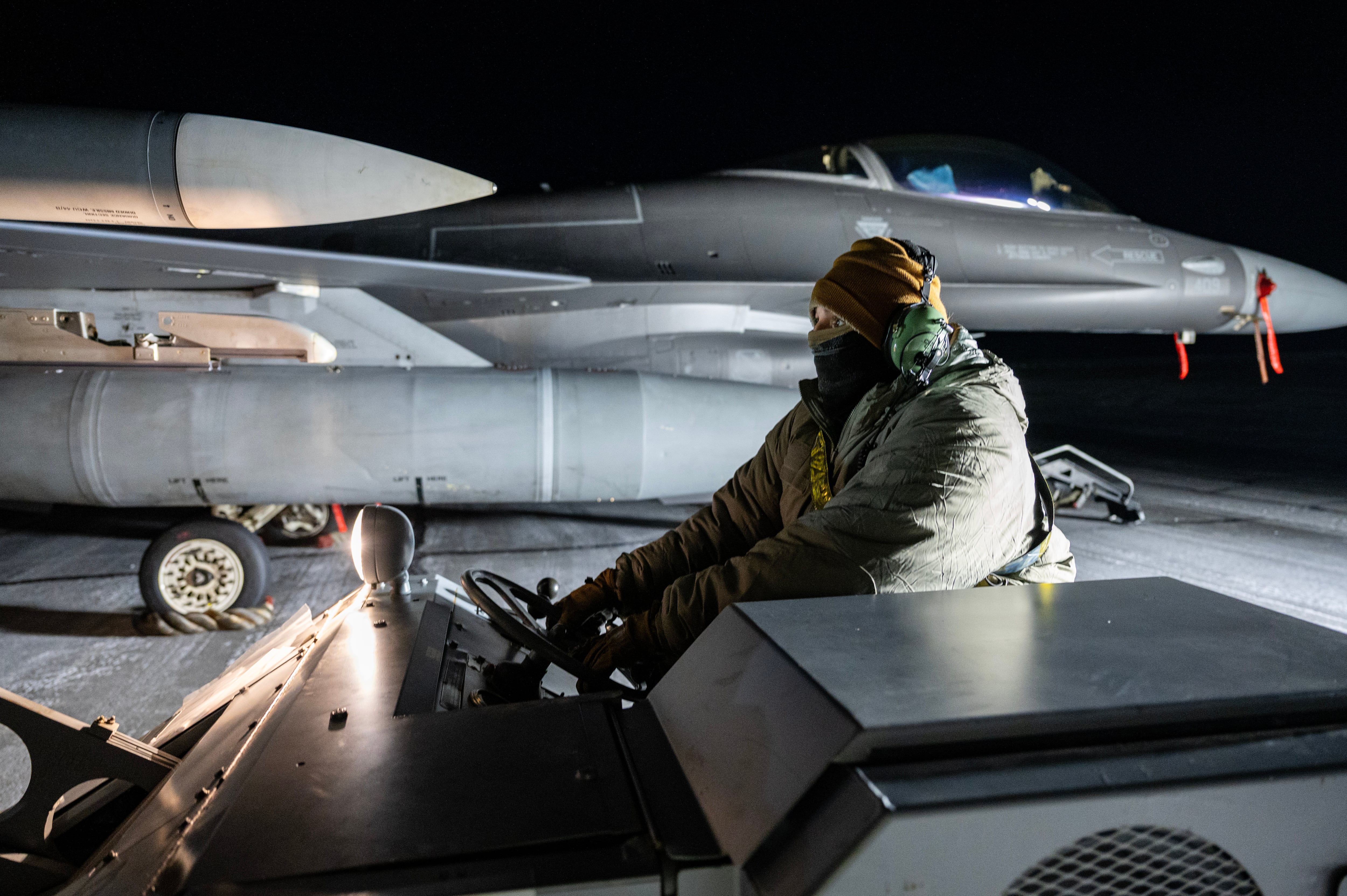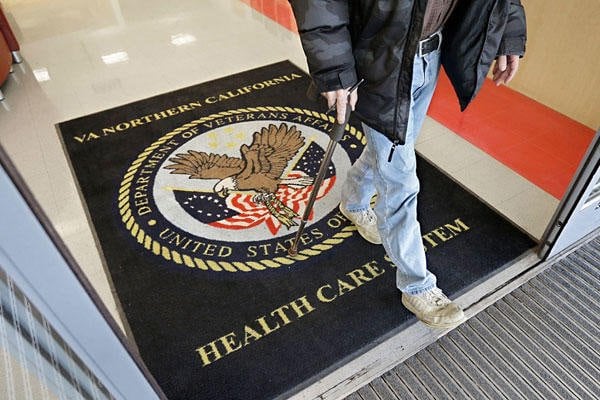The Air Force has revised its rules for practicing tandem runway approaches in fighter pilot training, after a collision between two T-38C Talon jets killed one pilot and injured two others last November.
It’s the second time in two years that the Air Force has changed its flight protocols regarding formation flights, in which two aircraft fly side-by-side before one or both jets touch down. Both updates were spurred by the deaths of airmen who crashed while attempting the maneuvers.
“Shortly after this mishap, Air Force officials expanded pilot training guidance concerning practice formation approaches that have one aircraft landing and the other performing a low approach,” service spokesperson Capt. Lauren Woods told Air Force Times Wednesday.
RELATED
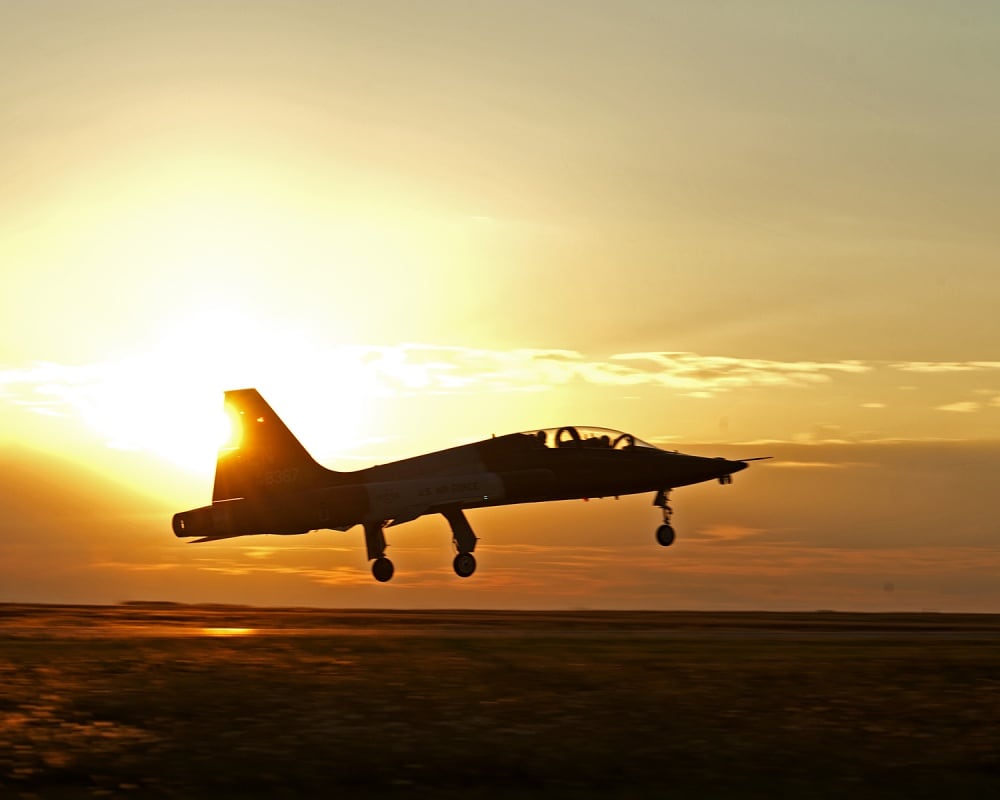
The changes raise the minimum altitude required for the maneuver, standardize radio protocols, flesh out mission briefing requirements and stress the importance of deconfliction, Woods said. She did not specify how high the jets must be or when the policies were updated.
The service’s multi-month inquiry found the mishap on Nov. 19, 2021, at Laughlin Air Force Base, Texas, was caused by faulty communication and an instructor’s negligence.
Second Lt. Anthony Wentz, 23, died while attempting a two-jet formation approach with two instructor pilots on a runway at Laughlin, one of the service’s pilot training hubs and home of the 47th Flying Training Wing.
Air Education and Training Command banned formation landings in March 2020 following another fatal mishap that killed two T-38 pilots in 2019. However, landing at the same time on the same runway is still allowed in emergencies, and airmen can still practice formation approaches as long as one jet swoops low but does not touch down.
RELATED
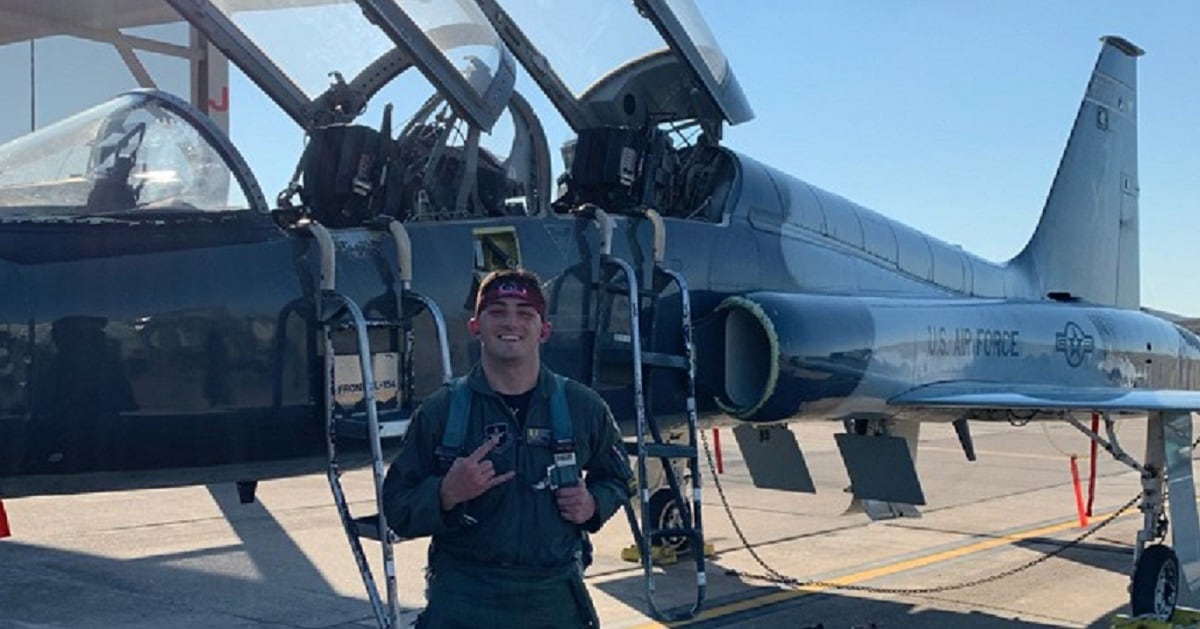
One instructor is still recovering from multiple life-threatening injuries six months later and could not be interviewed for the investigation, while the other’s minor injuries have healed. Both remain on active duty.
Wentz was practicing his fourth formation approach of undergraduate pilot training in the T-38C, according to the results of an Air Force investigation published Wednesday. Talon jets prepare airmen to fly fighter and bomber aircraft.
One teacher flew in the backseat while Wentz commandeered the T-38, and the other flew alone in what was deemed a low-risk sortie.
The two instructors, called Mishap Instructor Pilots 1 and 2 in the report, failed to adequately communicate and confirm which of the pair of planes would land, investigators said. Instructors further complicated the situation by using conflicting techniques to position the jets, as did the student’s confusion about which planes used which call signs at various points in the flight.
“MIP2 failed to recognize a precarious situation developing … and failed to intervene and prevent [his aircraft] from impacting [the other aircraft],” the report said.
Formation flights allow two planes to offer mutual support during a mission, and can come in handy in situations ranging from quick airborne refueling to aiding a malfunctioning aircraft.
“Practicing formation approaches during pilot training, both in the lead and wing position, remains important as it prepares pilots for the potential situation where an aircraft in the formation is unable to return to an airfield without assistance,” the report said.
But there’s no guidance or standards to define the “one up/one down” maneuver, as a formation approach with only one landing is called, either at Laughlin or in pilot instructor training, the Air Force said. Investigators also found that instructors have different ideas about how to deconflict landings, even though official guidance does exist on that issue.
RELATED

Wentz graduated in 2020 with a bachelor’s degree in mechanical engineering from the U.S. Military Academy at West Point, New York, where he also met his wife, Cori. They wed 16 months before his death.
Records showed he was an average T-38 student who was well-regarded by his community. He was “the kind of guy you aspire to be,” one student told investigators.
In a preflight briefing that morning, Instructor 1 and Wentz decided that Wentz and the second instructor would approach but not land, while the first instructor would come down on the runway. The second instructor who would later fly with Wentz was late and missed the initial discussion of which jet would land, though it was covered in the flight brief after Instructor 2 arrived.
Both instructors were considered qualified, though the airman who flew with Wentz had received comments from his own teachers that he was “slow to intervene with student instruction” and would unnecessarily “handcuff” students to certain flight techniques, the report said.
RELATED
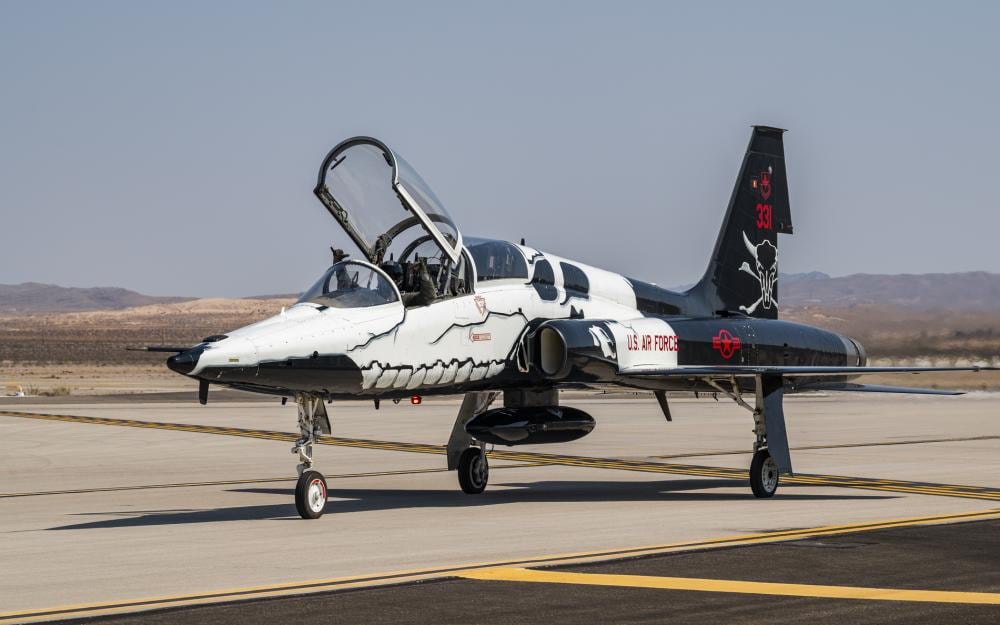
Their training mission went as planned until the formation prepared to return to base. What followed was a slew of miscommunications between Wentz, the instructors and air traffic control: Crucial questions of who would lead the formation went unanswered amid confusion about fuel levels, and mixing up call signs added to the uncertainty.
Shortly before 10:15 a.m. local time, Wentz told air traffic control that his plane would continue flying and the other would land, though the instructor behind him had told Wentz to land because of fuel levels. The instructor in Wentz’s plane also told him to stay to the left of the other jet, despite the student wanting to swap places so the other plane could go to a left-hand runway.
The first instructor pilot thought that staying to the right meant he should land. The airmen confirmed they were looking at the runway ahead and began their descent.
“At any point during the recovery, either [instructor] could have clarified who was landing and who was performing a low approach, thus alleviating any potential confusion,” the report said.
RELATED
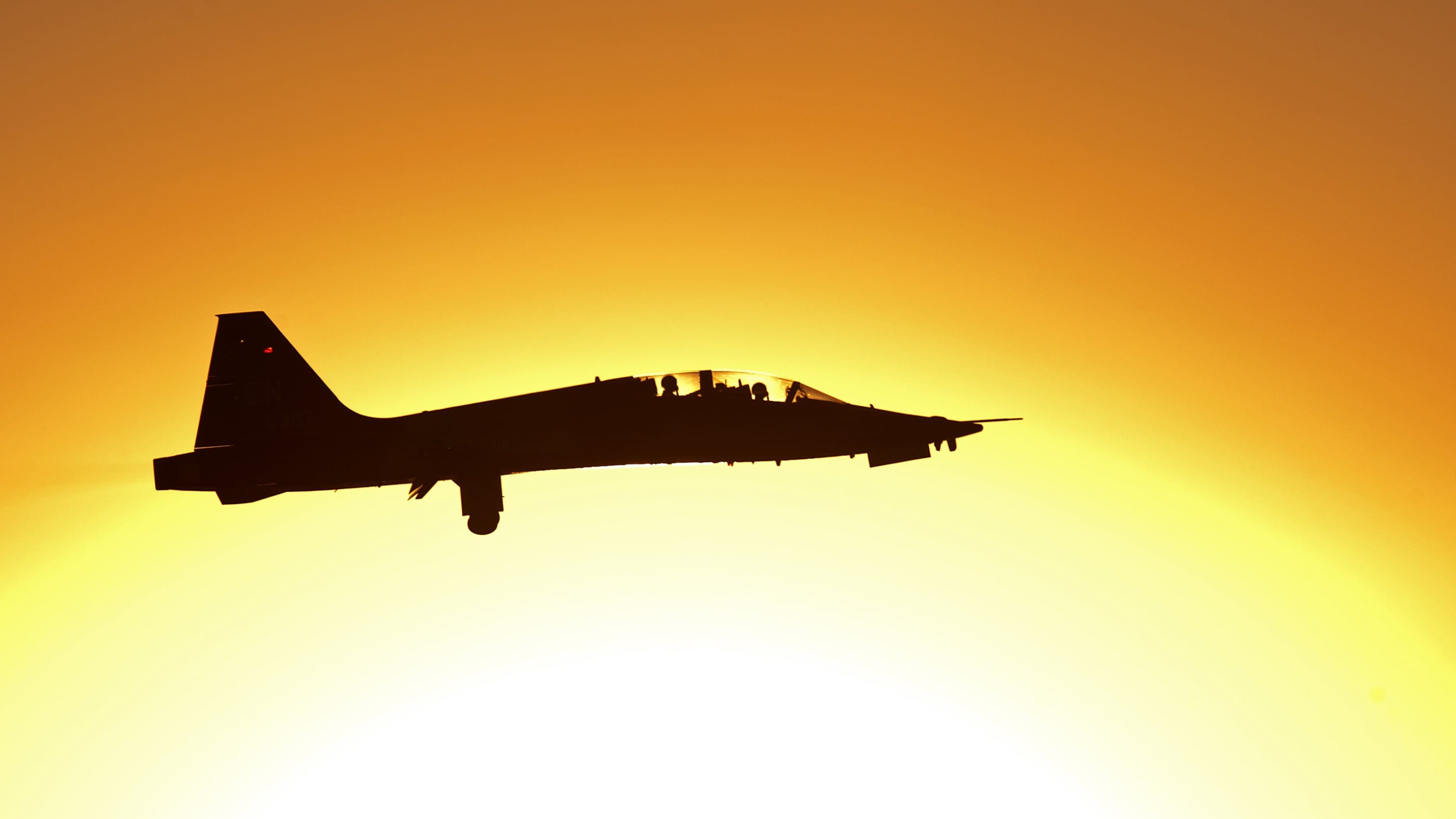
Investigators concluded that it would have been hard for the first instructor to tell whether the other jet was leveling off or climbing while his own plane was landing, and that the second instructor was focused on landing his own plane instead of watching out for the other jet.
Both jets tried to simultaneously land on the same runway and collided on the center line.
The landing gear on Wentz’s jet hit the first plane and tilted it nose-up, entangling the two aircraft and turning the student’s plane upside-down on the ground. Then the instructor with Wentz tried to eject them both.
The older airman shot out parallel to the ground, but didn’t separate from the ejection seat and was severely injured.
“Interference with the ground damaged numerous gas connections, causing failure of [the instructor’s] ejection seat parachute deployment and the seat-occupant separation function,” the report said.
RELATED
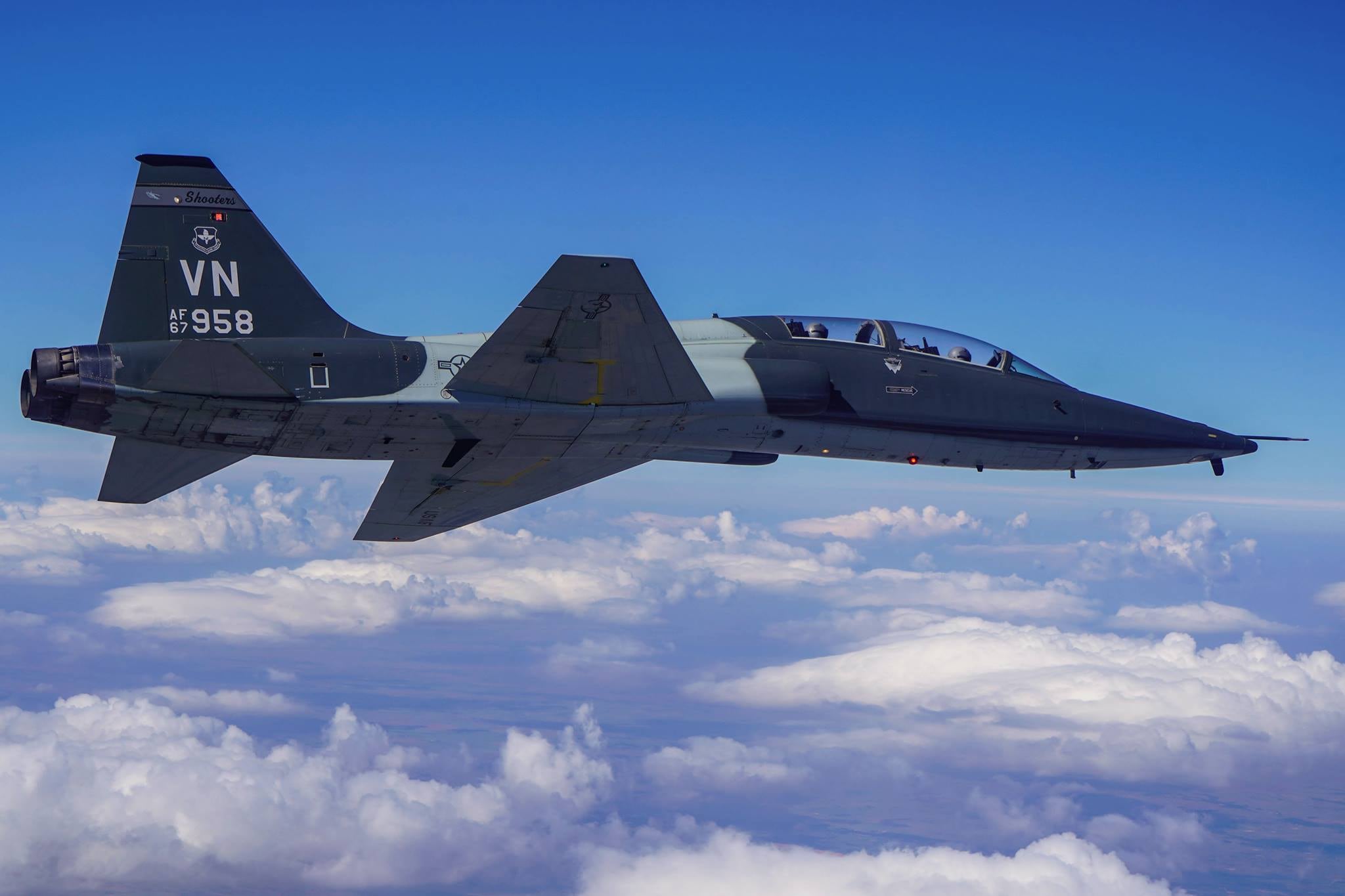
Wentz’s ejection seat fired second while he was flipped over in the cockpit; he died upon hitting the ground.
The first instructor’s plane spun across the runway and came to a stop. The airman escaped with minor injuries.
Though the T-38s had many documented maintenance issues, investigators said none of the required fixes contributed to the accident. Neither did alcohol, drugs, rest or other lifestyle factors play a role.
T-38 operations were not grounded and continued as normal following the crash, the Air Force said at the time. The incident marked the seventh death in a T-38 accident since fiscal 2018 and the second fatal Talon mishap in 2021.
“Losing teammates is unbelievably painful, and it is with a heavy heart I express my sincere condolences,” wing commander Col. Craig Prather said in November. “Our hearts, thoughts and prayers are with our pilots involved in this mishap and their families.”
Rachel Cohen is the editor of Air Force Times. She joined the publication as its senior reporter in March 2021. Her work has appeared in the Washington Post, the Frederick News-Post (Md.), Air and Space Forces Magazine, Inside Defense, Inside Health Policy and elsewhere.



